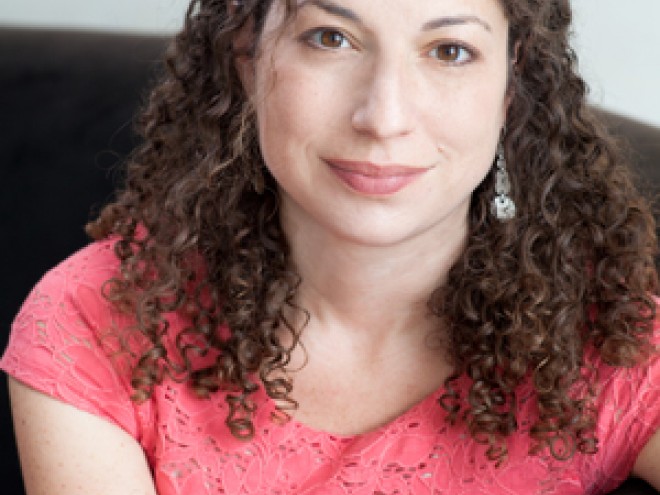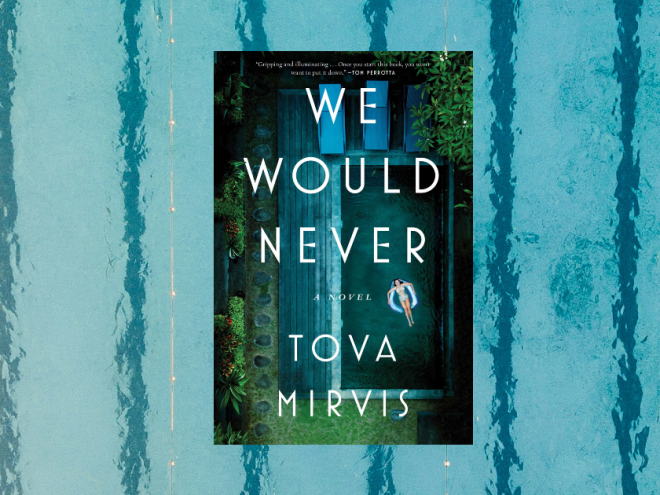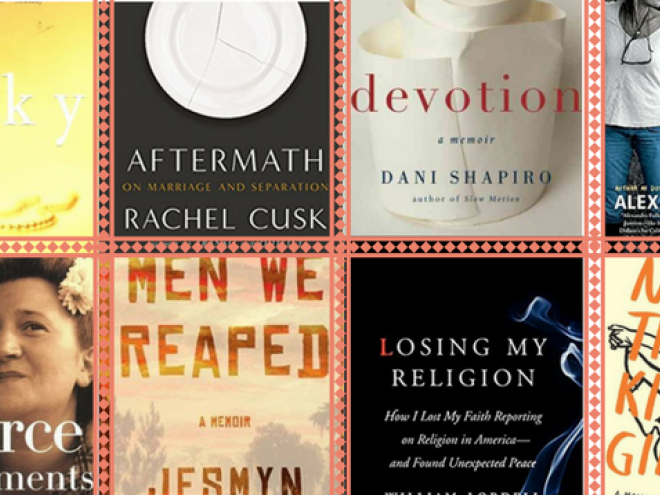Mirvis’ stunning and perceptive portrait of the Orthodox Jewish community of Memphis is a start contrast to the work of Alfred Uhry who shows us what might be the last generation of Southern Jews to maintain their connection to a superficial Jewish heritage. The world portrayed in The Ladies Auxiliary is shaped by a warm and real connection to traditional Judaism. The women’s weeks are shaped by their Sabbath preparations and their daily lives are influenced by the individual crises and communal celebrations that they share.
Nevertheless, the enormous sense of connectedness in the community comes at a price. Women with active careers and people lacking strong family connections are somewhat marginal to the flow of life. Meanwhile, in smaller communities, people are far less anonymous and behavior more visible – often the subject of rounds of phone calls between women.
The main character of the book, Batsheva, moves into this warm, vibrant, yet perhaps stifling community with her five-year-old daughter, Ayala. Seeking a place where she can belong, she naively assumes that despite her differences, the community will welcome her because her late husband spent the early part of his life in the community. Moving there, as well, forges a kind of link to him and keeps his memory alive.
Batsheva’s presence is a catalyst for unmasking some of the very real problems in the community. She can never fully be an insider. She is a convert and dress and looks and thinks differently from the Memphians to whom she wants to connect. She also has an overly individualistic approach to observance. For example, she visits the mikveh despite her single status, much to the dismay of the other women in the community.
After several events undoing Batsheva, the community’s neat social fabric begins to unravel. Batsheva is blamed for contributing to this by her very presence and her perceived influence over the teenage girls in the community. Once the disequilibrium passes, it is clear she will remain but will never be fully part of the community, unlike her daughter who has already been accepted.
The authenticity of the book, based on what I know both directly and from friends and students who were or are Memphians, reflects Mirvis’ own keen insights and the greater understanding that can only come from direct experience. This sets the book apart from other recent works, like Kaaterskill Falls by Allegra Goodman, which make an effort to portray Orthodox life but somehow fail to capture it. Mirvis has enormous love for the community in which she grew up. She recognizes the strengths of growing up in a place where individual problems become communal ones and every illness or misfortune is accompanied by an army of neighbors arriving with covered dishes. Yet, at the same time, this kind of community has a clear sense of boundaries and lacks the diversity of postmodern society. As such, the arrival of an outsider highlights both the strengths and weaknesses of such a community.
Interview
Read Adam Rovner’s interview with Tova Mirvis on her most recent book, Visible City, here.
Related Content:




